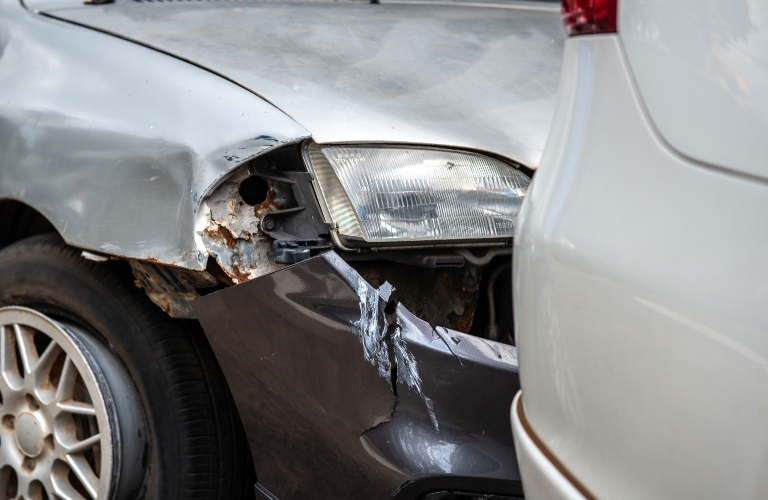How to Prove Fault in a Florida Car Accident Case
Proving fault is a critical step in securing compensation after a car accident in Florida. While Florida operates under a no-fault insurance system for minor injuries, fault still plays a major role when damages exceed the limits of Personal Injury Protection (PIP) coverage or when serious injuries are involved. Establishing who was at fault can be a complex process, but it is essential to building a strong personal injury case.
At High Stack Law, our dedicated Florida car accident attorneys know how to investigate your case and prove fault. Let us seek the financial compensation you deserve after a serious car accident.
Key Elements of Proving Fault
To prove fault in a Florida car accident case, you must establish the following:
- Duty of Care: Demonstrate that the at-fault driver owed you a duty of care. This is a given in most car accident cases, as all drivers are expected to operate their vehicles safely and follow traffic laws.
- Breach of Duty: Show that the at-fault driver violated their duty of care by acting negligently, recklessly, or unlawfully. Examples include speeding, running a red light, or texting while driving.
- Causation: Prove that the at-fault driver’s actions directly caused the accident and your injuries. This may involve linking their negligence to the chain of events that led to the collision.
- Damages: Provide evidence of the damages you suffered as a result of the accident, such as medical expenses, lost wages, and pain and suffering.
Types of Evidence to Gather
Collecting strong evidence is the cornerstone of proving fault. The following types of evidence are particularly effective in Florida car accident cases:
- Police Reports: A police report can provide an unbiased account of the accident, including statements from drivers and witnesses.
- Photographs and Videos: Document the accident scene, vehicle damage, skid marks, traffic signs, and any visible injuries. Dashcam or surveillance footage can also be invaluable.
- Witness Statements: Eyewitness accounts can corroborate your version of events and provide additional details about the at-fault driver’s behavior.
- Expert Testimony: Accident reconstruction experts can analyze the scene and provide insights into how the collision occurred and who was at fault.
- Medical Records: Detailed medical records establish the extent of your injuries and link them directly to the accident.
- Traffic Laws and Violations: Evidence of traffic violations, such as running a stop sign or failing to yield, can support your claim of negligence.
Steps to Strengthen Your Case
Taking the right steps after a car accident can significantly improve your chances of proving fault. Here are some practical tips:

- Call the Police: Always report the accident, even if it seems minor. A police report can serve as valuable evidence.
- Seek Medical Attention: Get a thorough medical evaluation as soon as possible, even if your injuries seem minor. Delays in treatment can weaken your claim.
- Avoid Admitting Fault: Be cautious about what you say at the scene and to insurance adjusters. Even a simple apology could be misconstrued as an admission of guilt.
- Preserve Evidence: Keep all relevant documents, including repair estimates, medical bills, and correspondence with insurance companies.
- Consult an Attorney: An experienced personal injury attorney can guide you through the legal process, gather evidence, and advocate for your best interests.
Let Our Experienced Florida Car Wreck Attorneys Prove Who is at Fault
Proving fault in a Florida car accident case requires careful documentation, legal expertise, and a strategic approach. By understanding the elements of fault, gathering strong evidence, and following the right steps, you can build a solid case and seek the compensation you deserve.
Speak with the Florida car accident lawyers at High Stack Law for help. Contact us today for a consultation of your case.
